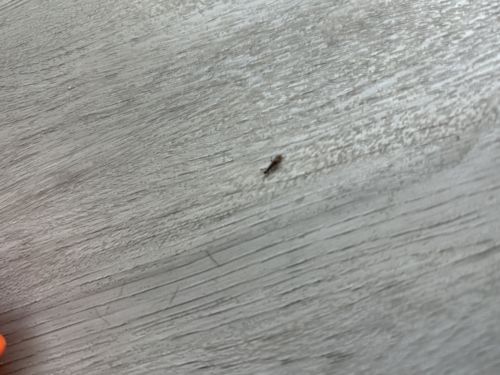Drain Fly
Scientific Name: Psychoda spp.
Order & Family: Diptera, Psychodidae
Size: 1.5 to 5 mm (0.06 to 0.2 inches)

Natural Habitat
Drain flies primarily inhabit moist environments rich in decaying organic matter. This includes residential and commercial drains, sewage systems, septic tanks, compost piles, and areas with standing water or leaky pipes.
Diet & Feeding
The larvae feed on decaying organic matter, bacteria, fungi, and algae found in drains, sewers, and other moist environments. Adult drain flies do not typically feed.
Behavior Patterns
Larvae develop in areas with high humidity and decaying organic matter. Adults are attracted to light and are often seen flying or resting on surfaces near breeding sites. They are typically weak fliers.
Risks & Benefits
Potential risks include being a nuisance, especially in large numbers. While not known to transmit diseases, they can carry bacteria from their breeding sites. There are no significant benefits to humans or the ecosystem typically associated with drain flies.
Identified on: 8/30/2025